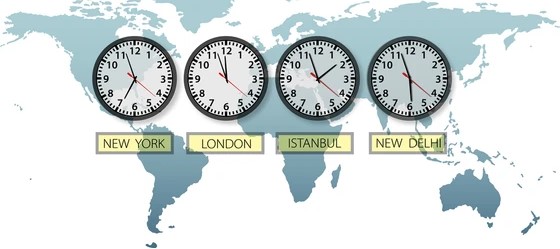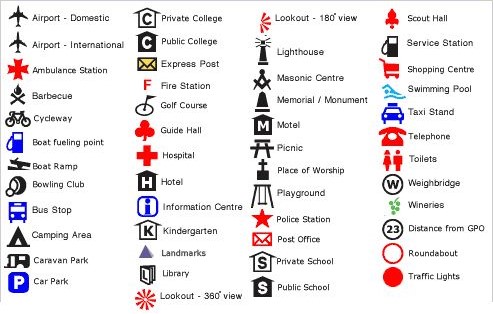India follows Indian Standard Time (IST), which is GMT+5:30. London follows Greenwich Mean Time (GMT) (or GMT+0 when not observing daylight saving time).

Why is it 5:30 PM in India when it is 12 PM (Noon) in London?
- The time difference between IST (Indian Standard Time) and GMT is +5 hours 30 minutes.
- This means when it is 12:00 PM (noon) in London (GMT), you add 5 hours 30 minutes to get the time in India.
- 12:00 PM (London) + 5 hours 30 minutes = 5:30 PM (India).
Why is India’s time zone set at GMT+5:30?
- IST is based on the longitude of 82.5°E, which is the standard meridian of India.
- Since 15° of longitude = 1 hour, and 82.5°E is 5.5 time zones east of GMT (0°), India’s time zone is GMT+5:30.
Additional facts
1. India’s Time Zone is Based on 82.5°E Longitude
- India follows Indian Standard Time (IST), which is GMT+5:30.
- IST is based on 82.5°E longitude, which passes through Mirzapur, Uttar Pradesh.
- Since the Earth rotates 15° per hour, 82.5°E corresponds to a time difference of 5 hours 30 minutes from GMT (London time).
2. 30-Minute Offset Time Zones are Rare
- Most countries use whole-hour time zones (e.g., GMT+1, GMT+2), but India follows a 30-minute offset.
- Other countries with 30- or 45-minute offsets include Iran (GMT+3:30), Nepal (GMT+5:45), and Myanmar (GMT+6:30).
3. India Used Two Time Zones During British Rule
- Before independence, India had two time zones:
- Bombay Time (GMT+4:51)
- Calcutta Time (GMT+5:54)
- In 1947, India adopted a single time zone, IST (GMT+5:30), to unify the country.
4. The Sun Rises and Sets at Different Times Across India
- India is a wide country (68°E to 97°E longitude), so sunrise in the east (Arunachal Pradesh) happens about 2 hours earlier than in the west (Gujarat).
- Despite this, India follows only one standard time, causing time mismatches in some regions.
5. London Time Changes Due to Daylight Saving Time (DST)
- The UK follows GMT in winter and BST (British Summer Time, GMT+1) in summer.
- If it’s summer in London, when it is 12 PM BST (GMT+1), India will be 4 hours 30 minutes ahead (4:30 PM IST).
- In winter, when London follows GMT (12 PM GMT), India will be 5:30 PM IST.
FAQs
► India’s standard meridian is 82.5°E longitude (halfway between 75°E and 90°E).
► Since 15° longitude = 1 hour, 82.5°E corresponds to 5 hours 30 minutes ahead of GMT.
► Some countries round their time zones to whole hours, but India uses a half-hour offset for better alignment with its geography.
► Before independence, India had multiple time zones: Bombay Time, Madras Time, and Calcutta Time.
► To simplify administration, the government adopted a single standard time (IST) in 1947.
► However, places like Assam and the Northeast experience sunrise and sunset much earlier than western India, leading to debates about having a separate time zone.
► No, India does not follow DST (Daylight Saving Time).
► Since India is near the equator, the difference between summer and winter daylight hours is not significant, making DST unnecessary.
► Nepal Standard Time (NST) is GMT+5:45 because its standard meridian is 86.25°E.
► Sri Lanka Standard Time (SLST) is GMT+5:30, the same as India, but Sri Lanka briefly switched to GMT+6 in the past before reverting to GMT+5:30.
► The easternmost point of India (Arunachal Pradesh, near Kibithu) experiences sunrise almost 2 hours earlier than the westernmost point (Gujarat, near Ghuar Moti).
► Despite this, both places follow IST (GMT+5:30), leading to later sunrises and sunsets in Gujarat compared to Arunachal Pradesh.








